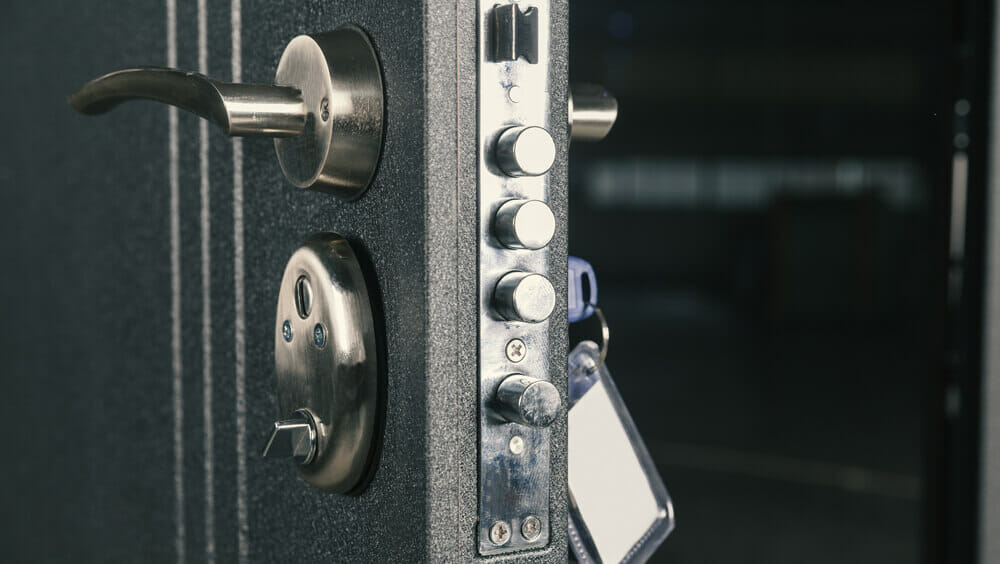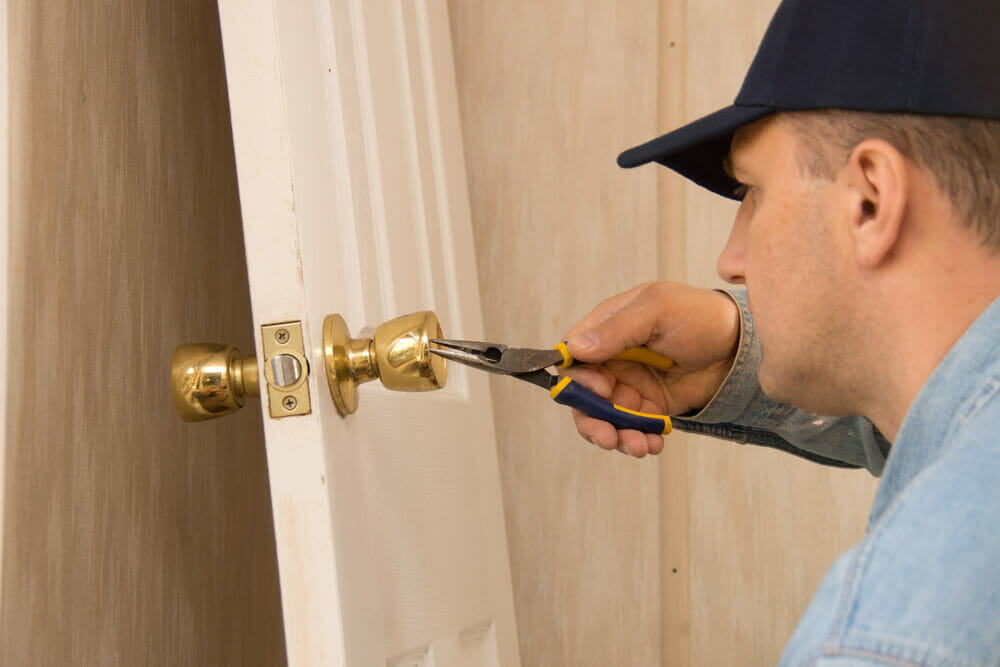 What are the Fundamental Fixtures of a Security Door?
What are the Fundamental Fixtures of a Security Door?
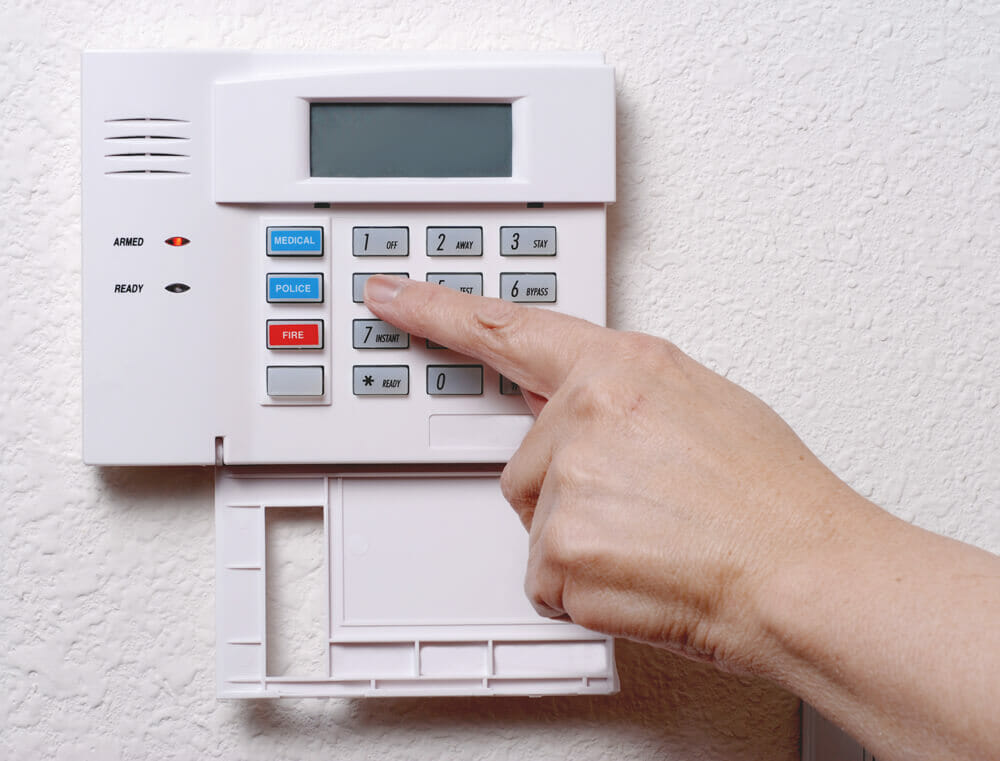
How confident are you in the quality of your security doors? Sure, deadbolts and steel keys can provide basic protection against burglars, but are they enough for your security?
For a more reliable option, consider installing electronic fixtures that can notify security experts in real time, whenever there is an attempted breach. Materials such as panic bars, local alarms and infra-red sensors provide additional protection against unauthorised access.
1. Basic Alarm System
Besides the main door, your building will likely have other side and back entrances, authorised access points and emergency exits. You can set up a different set of alarm system for each door, depending on the level of security you have in mind.
A local alarm sounds off an alert if there is forced entry into your building or apartment. It is usually paired with the door position switch or a pressure sensor that communicates with the alarm if the door goes beyond its pre-assigned position.
2. Infra-red sensors
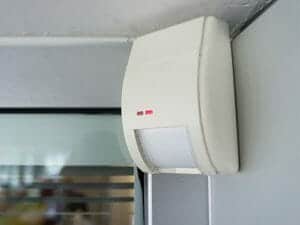
This nifty technology is an alarm system that goes off when it senses the presence of an intruder. It can also tell when more than one person gains access with a one card swipe (tailgating).This deception makes access records and occupancy records more difficult. Infra-red sensor alarms can also be used as a defensive strategy to inform security when someone approaches a restricted area.
3. Emergency Exits
This is designed as a push bar and prevents people from unlocking an emergency-only exit. A security alarm will go off if someone opens the door.
If continuous pressure is placed on the door for 15 seconds, a lagged egress option will open the door. In emergency situations, the door will open automatically to lead residents to safety.
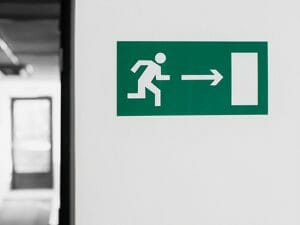
4. Surveillance Cameras
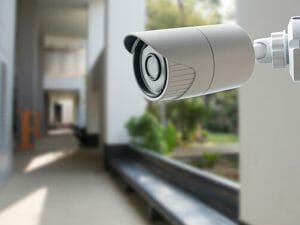
Having an ‘eye in the sky’ can keep you informed of who enters and leaves your building. In any case where intruders attempt to breach security, you will be able to see it and take the necessary security action.
Placing a guard or surveillance camera at the door will ensure that people don’t gain access to places they are unauthorised to enter.
5. Authentication Alarms
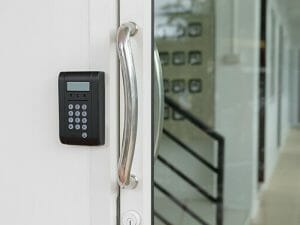
Always run routine check-ups on your security systems to ensure that they are functional. Over time, poor maintenance, electrical faults and installation errors can erode the ability of the device to secure entry.
You can also test your alarms by performing door experiments. Check if the alarm goes off; how long does it take? Is it loud enough? How far can someone get before they are stopped?
With these fixtures in place, you can be sure that your home will be better secured.

